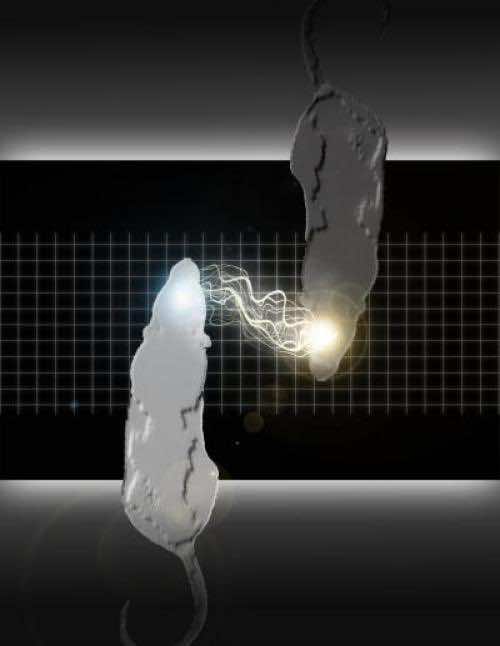Some words need not be spoken and the phrase may become quite literal owing to the fact that the first ever conversation without typing and talking – that is, brain to brain conversation – has taken place online between two participants who were about 5,000 miles apart. The words ‘hola’ and ‘ciao’ were sent from India to France over the internet directly without speaking or typing them.
The unique study is being carried out by a team of international neuroscientists and robotic engineers. In words of Alvaro Pascual-Leone from the Beth Israel Deaconess Medical Center and Professor of Neurology at Harvard Medical School; ‘We wanted to find out if one could communicate directly between two people by reading out the brain activity from one person and injecting brain activity into the second person, and do so across great physical distances by leveraging existing communication pathways. One such pathway is, of course, the internet, so our question became, could we develop an experiment that would bypass the talking or typing part of internet and establish direct brain-to-brain communication between subjects located far away from each other in India and France ?’
He further said that; ‘By using advanced precision neuro-technologies including wireless EEG and robotized TMS, we were able to directly and noninvasively transmit a thought from one person to another, without them having to speak or write. This in itself is a remarkable step in human communication, but being able to do so across a distance of thousands of miles is a critically important proof-of-principle for the development of brain-to-brain communications. We believe these experiments represent an important first step in exploring the feasibility of complementing or bypassing traditional language-based or motor-based communication.’
As to why is it different from the previous seemingly similar studies; they involved communication between a human brain and a computer. However, for this particular research the recipient was a human brain as well. A total of 4 healthy participants volunteered for this project, all aged 28-50. One of these subject was to make use of the brain-computer interface, BCI, while the rest three were on the receiving end known as computer-brain interface, CBI.
By making use of EEG, the team managed to translate the two words into binary code and then sent them via email to France where the message was conveyed to the receiver’s brain via non-invasive brain simulation. The receivers said that they experienced this as flashes of light in their peripheral vision also known as phosphenes.
We wonder how far away is a future where we won’t need to type or speak in order to communicate.

